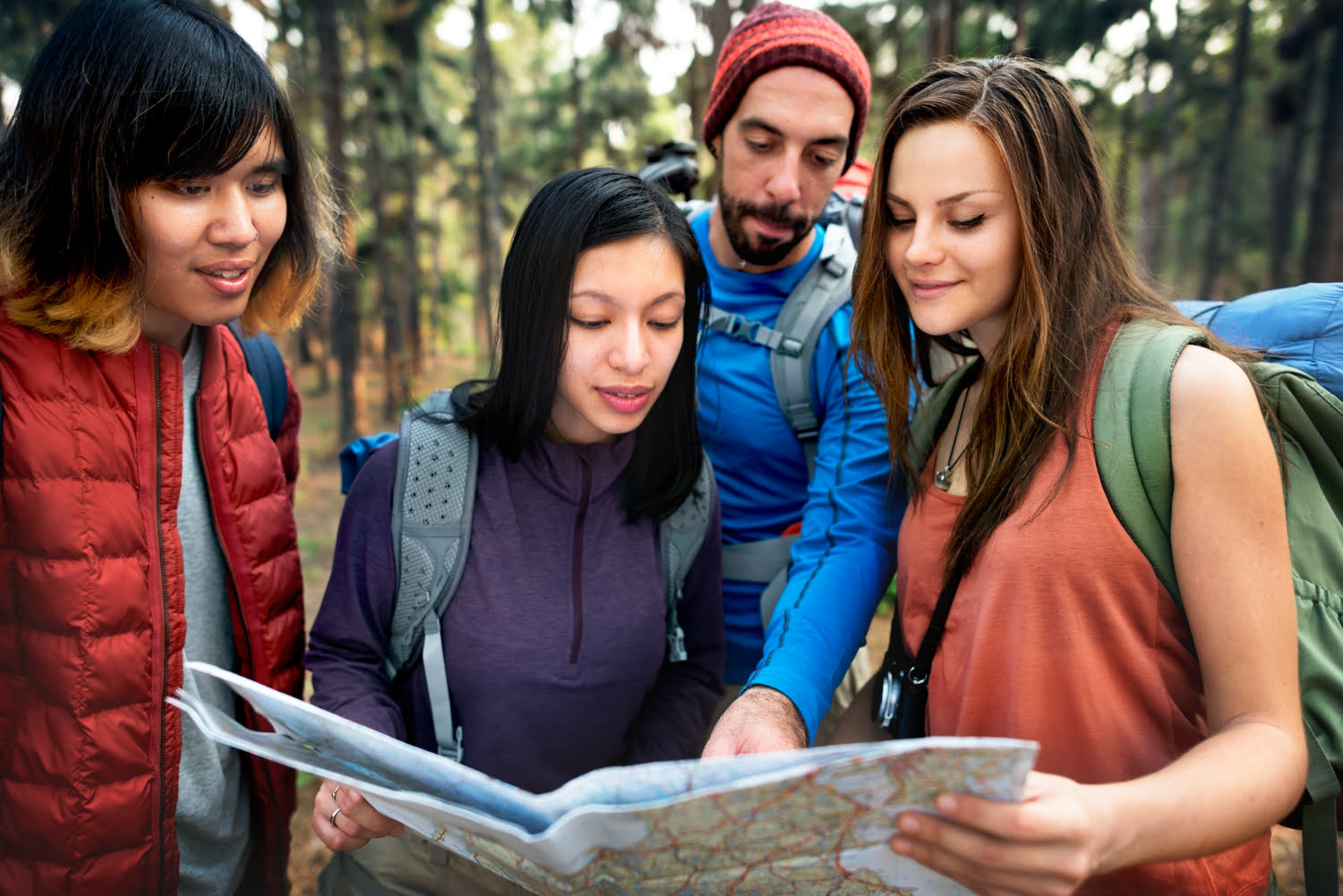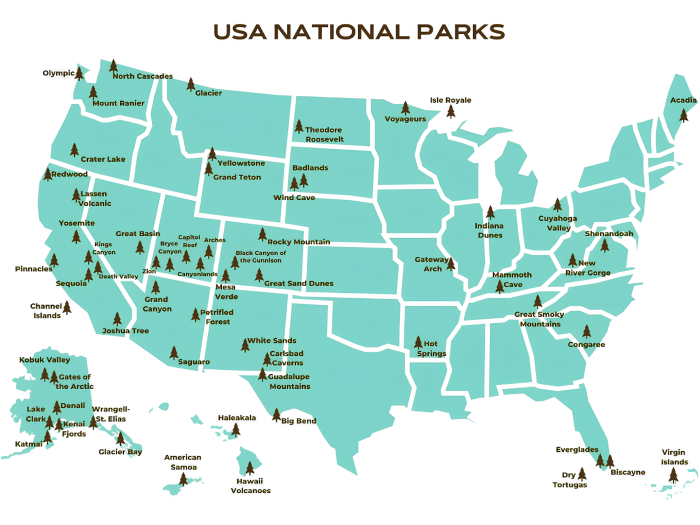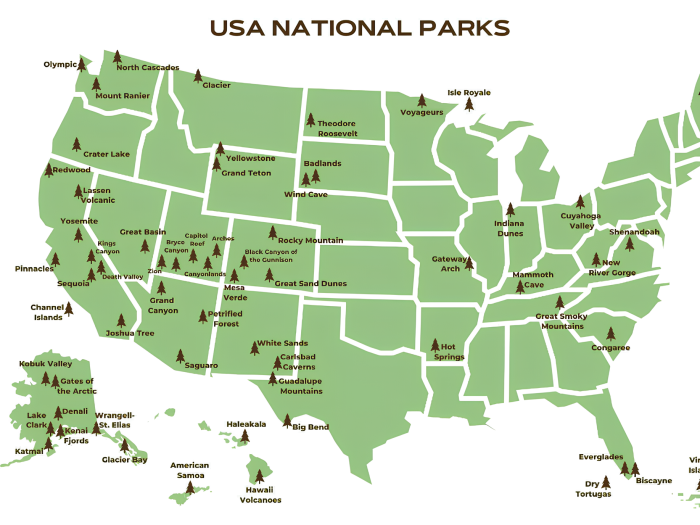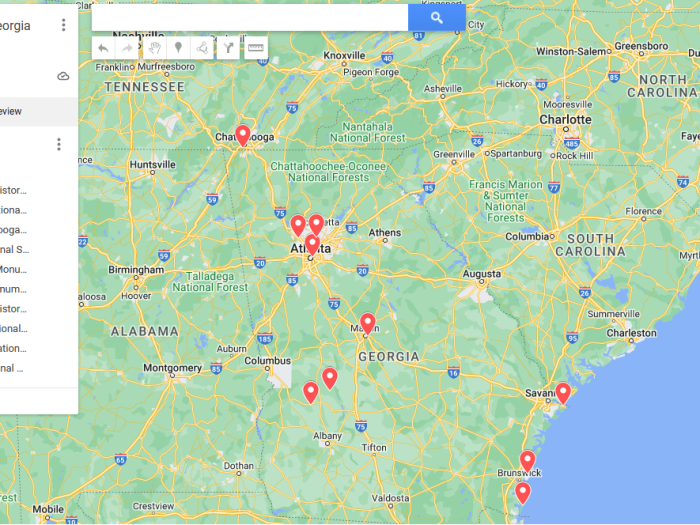The Role of Multilingual Guides in Enhancing Visitor Experiences at National Parks
I. Introduction
National parks are not only natural treasures but also cultural landmarks that attract visitors from all around the world. As these parks become increasingly popular tourist destinations, it is essential to ensure that visitors have the best possible experience during their visit. One way to achieve this is by providing multilingual guides who can bridge the communication gap and enhance the overall visitor experience.
In this article, we will explore the benefits of having multilingual guides in national parks and how they can significantly improve visitor experiences. So, let’s dive in!

II. Benefits of Multilingual Guides
Multilingual guides play a crucial role in enhancing visitor experiences at national parks. As the number of international tourists visiting these natural wonders continues to rise, the ability to communicate effectively becomes essential. In this section, we will explore the various benefits that multilingual guides bring to national parks.
A. Improved Communication
One of the primary benefits of having multilingual guides, who have honed their language skills through online language courses, is the improvement in communication between visitors and park personnel. Language barriers can often hinder meaningful interactions, leading to frustration and missed opportunities.
By having guides who are proficient in multiple languages, visitors can easily ask questions, seek information, and engage in conversations about the park’s history, flora, and fauna. This enhanced communication fosters a more immersive and enriching experience for visitors, enabling them to truly connect with the park and its surroundings.
B. Enhanced Cultural Understanding
National parks are not just natural landscapes; they also hold deep cultural significance for many communities. Multilingual guides provide a unique opportunity to bridge cultural gaps and foster cross-cultural understanding. By sharing stories, legends, and folklore in different languages, these guides can help visitors appreciate the rich cultural heritage associated with the park. This cultural exchange not only enriches the visitor experience but also promotes respect and appreciation for diverse cultures and traditions.
C. Increased Accessibility
National parks are meant to be enjoyed by everyone, regardless of their language proficiency. Multilingual guides contribute to the accessibility of these parks by breaking down language barriers. Visitors who are not fluent in the local language can still fully participate in guided tours, educational programs, and interpretive activities. This inclusivity ensures that all visitors, regardless of their linguistic background, can fully appreciate and engage with the natural wonders of the park.
III. Challenges and Solutions
A. Language Barriers
One of the primary challenges faced by national parks in providing multilingual guides is the language barrier. Visitors from all over the world come to national parks, and not all of them are proficient in the local language. This can lead to communication gaps and hinder the overall visitor experience.
However, there are several solutions that can help overcome this challenge.
1. Hiring Multilingual Staff: National parks can recruit guides who are fluent in multiple languages. By having guides who can communicate effectively with visitors in their native language, parks can bridge the language gap and ensure a smoother experience for everyone. This approach requires careful planning and consideration of the languages spoken by the park’s visitor demographics.
2. Language Interpretation Services: Another solution is to provide language interpretation services at visitor centers or key locations within the park. This can be achieved through the use of interpreters or by utilizing technology such as mobile applications or audio guides that offer translations in multiple languages. These services can be accessed by visitors to facilitate their understanding of the park’s history, natural features, and safety guidelines.
B. Training and Certification
To ensure that multilingual guides provide accurate and reliable information, training and certification programs are crucial. Challenges in this area include finding qualified trainers, developing comprehensive training modules, and maintaining a standardized certification process.
However, addressing these challenges is essential for maintaining the quality of multilingual guide services.
1. Collaborating with Language Institutes: National parks can establish partnerships with language institutes or universities that specialize in teaching foreign languages. These collaborations can help develop tailored training programs for guides, ensuring they gain the necessary language proficiency and cultural understanding required to effectively communicate with visitors.
2. Standardized Certification: Creating a standardized certification process for multilingual guides can enhance their credibility and ensure consistency in the quality of services provided. Certification programs can include language proficiency tests, cultural competency assessments, and evaluations of interpretive skills. Regular recertification can also help guides stay up to date with new languages and cultural developments.
C. Technological Support
Advancements in technology have opened up new possibilities for overcoming language barriers and enhancing visitor experiences at national parks.
However, implementing and managing these technological solutions can present their own set of challenges.
1. Mobile Applications and Audio Guides: Developing user-friendly mobile applications or audio guides in multiple languages can significantly enhance visitor experiences. These tools can provide information about the park’s history, flora and fauna, hiking trails, and safety guidelines. National parks can collaborate with technology developers to create interactive and informative applications that cater to the diverse needs of visitors.
2. Translation Devices: In some cases, providing visitors with translation devices can be an effective solution. These devices can be handheld or wearable and allow visitors to listen to live translations or pre-recorded audio guides. National parks can explore partnerships with technology companies that specialize in translation devices and ensure their availability for visitors.
By addressing these challenges and implementing the suggested solutions, national parks can overcome language barriers and provide multilingual guides who enhance the visitor experience. The next section of this article will delve into successful case studies where these solutions have been effectively implemented at Yellowstone, Grand Canyon, and Yosemite National Parks.
IV. Successful Implementation Case Studies
A. Yellowstone National Park
Yellowstone National Park, located primarily in Wyoming, is renowned for its geothermal features, diverse wildlife, and stunning natural landscapes. The park attracts millions of visitors from across the globe each year, making it an ideal case study for the successful implementation of multilingual guides.
1. Introduction of Multilingual Guides: Recognizing the increasing number of international visitors, Yellowstone National Park took proactive measures to enhance visitor experiences by introducing multilingual guides. These guides were trained to provide tours and interpretive services in various languages, including Spanish, Mandarin, German, and French.
2. Improved Communication: The introduction of multilingual guides at Yellowstone National Park significantly improved communication between visitors and park staff. International visitors felt more comfortable and engaged as they were able to fully understand the information being shared. This led to a deeper appreciation and understanding of the park’s natural and cultural significance.
3. Enhanced Cultural Understanding: The multilingual guides at Yellowstone National Park played a crucial role in fostering cultural understanding among visitors. They not only provided language translation but also shared cultural insights, historical context, and stories related to the park’s various attractions. This helped bridge the gap between different cultures and promoted a sense of inclusivity.
B. Grand Canyon National Park
Grand Canyon National Park, located in Arizona, is one of the most iconic and visited national parks in the United States. With its awe-inspiring vistas and geological wonders, the park attracts visitors from all corners of the world. The implementation of multilingual guides has greatly contributed to enhancing visitor experiences.
1. Multilingual Guide Training: Grand Canyon National Park recognized the importance of having multilingual guides to cater to its diverse visitor base. In collaboration with local educational institutions and cultural organizations, the park developed a comprehensive training program for guides to become proficient in languages such as Spanish, Japanese, Italian, and Mandarin.
2. Increased Accessibility: The introduction of multilingual guides at Grand Canyon National Park has made the park more accessible to non-English-speaking visitors. These guides provide informative tours and interpretive services in multiple languages, ensuring that visitors can fully engage with the park’s natural beauty and rich history.
3. Technological Support: To further enhance visitor experiences, Grand Canyon National Park has embraced technology as a means of supporting multilingual communication. The park has implemented audio guides and mobile applications that offer translations and additional information in various languages. This technological support has significantly contributed to visitor satisfaction and understanding.
C. Yosemite National Park
Yosemite National Park, situated in California’s Sierra Nevada mountains, is internationally recognized for its granite cliffs, waterfalls, and ancient sequoia groves. As a popular destination for domestic and international visitors, the park has successfully implemented multilingual guides to enhance visitor experiences.
1. Multilingual Interpretation Programs: Yosemite National Park has developed multilingual interpretation programs that cater to the diverse linguistic backgrounds of its visitors. By recruiting multilingual guides and providing them with specialized training, the park ensures that visitors have access to informative and engaging tours in languages such as Spanish, Mandarin, Korean, and German.
2. Personalized Experiences: The multilingual guides at Yosemite National Park not only offer language translation but also personalize the visitor experience. They take into account the cultural backgrounds and interests of visitors, providing them with tailored information and insights that are relevant to their specific needs. This personalized approach greatly enhances visitor satisfaction and engagement.
3. Collaboration with Local Communities: Yosemite National Park acknowledges the importance of collaborating with local communities to provide authentic and culturally sensitive experiences. The park works closely with local Native American tribes to incorporate their knowledge, stories, and perspectives into the multilingual interpretation programs. This collaboration fosters a deeper understanding and appreciation of the park’s cultural heritage.
IV. Successful Implementation Case Studies Conclusion
The successful implementation of multilingual guides at national parks such as Yellowstone, Grand Canyon, and Yosemite has proven to be a game-changer in enhancing visitor experiences. These case studies demonstrate that by addressing language barriers, providing comprehensive training, embracing technology, and fostering cultural understanding, national parks can cater to a diverse audience and create more inclusive and accessible environments.
As more parks adopt similar strategies, visitors from all backgrounds will be able to fully appreciate the natural and cultural wonders that these parks have to offer.
V. Conclusion
In conclusion, the use of multilingual guides in national parks plays a crucial role in enhancing visitor experiences. By addressing language barriers and promoting cultural understanding, these guides create a more inclusive and accessible environment for all visitors.
One of the key benefits of multilingual guides is improved communication. Visitors who do not speak the native language of the park can now fully understand the information being shared by guides, enabling them to better appreciate the natural wonders around them. This leads to a more immersive and educational experience, as visitors are able to fully comprehend the significance and beauty of the park.
Technological support can also assist in overcoming language barriers. The use of translation devices, mobile applications, and interactive displays can enhance the visitor experience by providing real-time translations and information in multiple languages. This technology can help bridge the gap between guides and visitors, providing a seamless and immersive experience for all.
Successful implementation of multilingual guides can be seen in several national parks across the United States. Yellowstone National Park, for example, has embraced multilingual guides to cater to its diverse visitor base. By offering tours and information in multiple languages, Yellowstone has ensured that visitors from all backgrounds can fully engage with the park’s natural wonders.
Similarly, Grand Canyon National Park has recognized the importance of multilingual guides in enhancing visitor experiences. By providing guides who can communicate in various languages, the park has created a more inclusive environment that promotes cultural exchange and understanding.
Yosemite National Park has also successfully implemented multilingual guides to cater to its international visitors. By offering tours and information in multiple languages, the park has enhanced the visitor experience, ensuring that all visitors can fully appreciate the park’s unique landscapes and cultural significance.
In conclusion, multilingual guides play a pivotal role in enhancing visitor experiences at national parks. Through improved communication, enhanced cultural understanding, and increased accessibility, multilingual guides create an inclusive and enriching environment for all visitors. By addressing language barriers and embracing diversity, national parks can truly become places of inspiration and learning for people from all walks of life.




